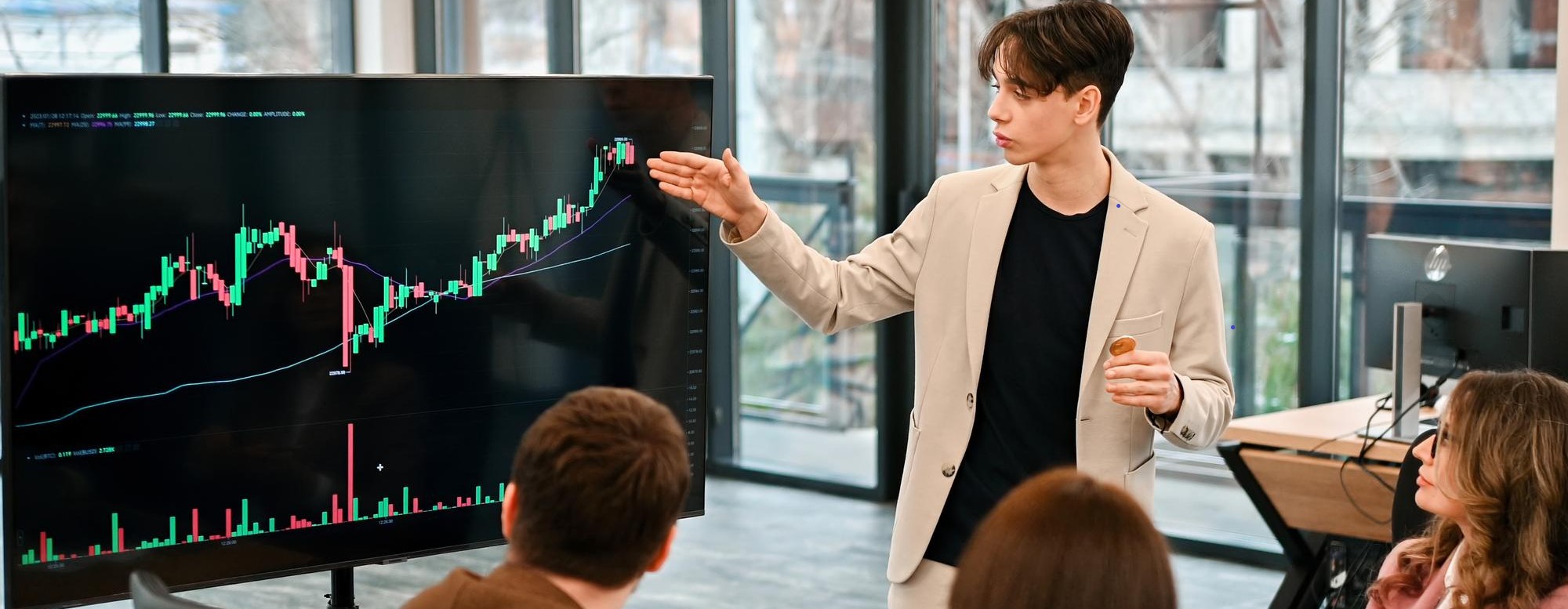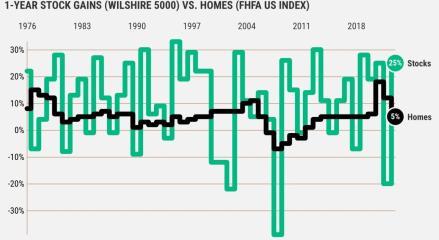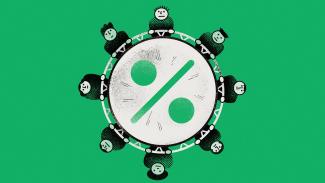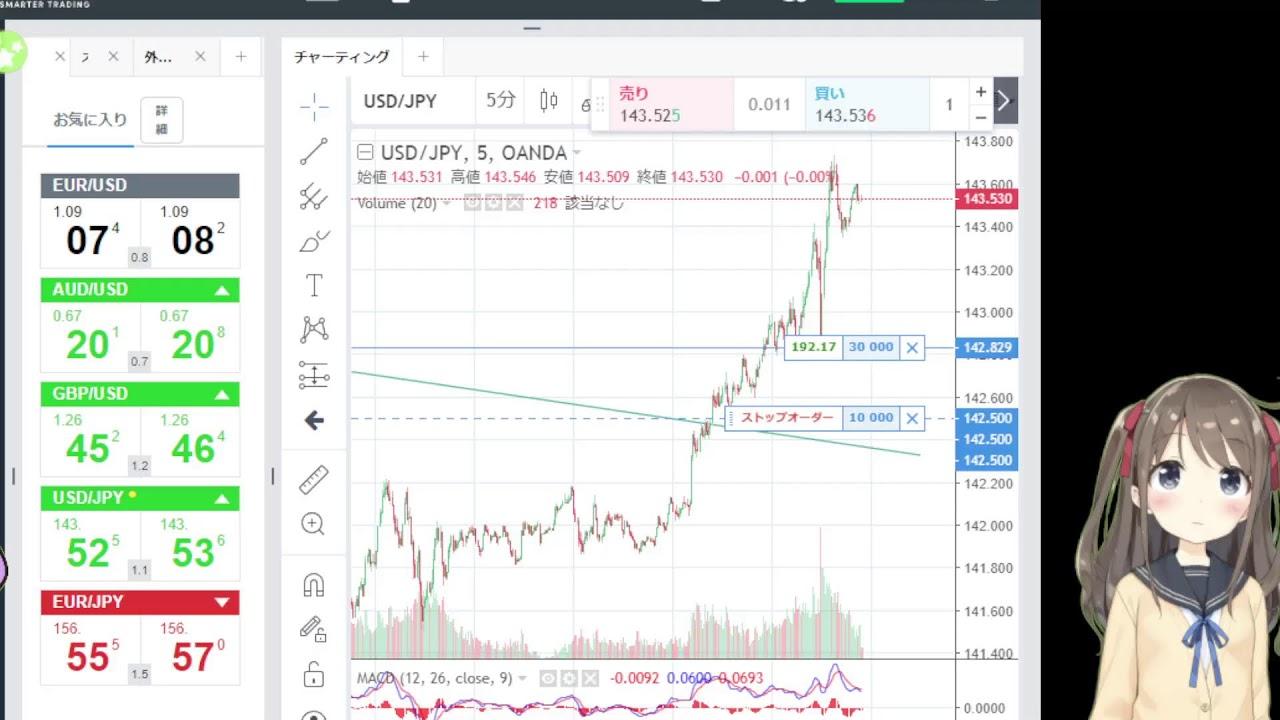The transition from demo trading to live trading is a crucial step in a trader's journey, and it requires careful consideration and planning. Here are some key aspects to consider when making the transition:
- Evaluate Your Performance:
- Before transitioning to live trading, assess your performance in the demo environment. Consider factors such as consistency, profitability, and how well your strategies have performed over time. It's important to have a reasonable level of confidence in your ability to navigate the markets successfully.
- Understand the Psychological Shift:
- Recognize that there is a psychological difference between trading with virtual funds and real money. Emotions such as fear, greed, and anxiety can have a more significant impact when actual money is at stake. Be prepared for this shift and ensure you have strategies in place to manage these emotions.
- Start Small:
- When you transition to live trading, it's advisable to start with a small amount of capital. This allows you to gain real-market experience without exposing yourself to significant financial risk. As you become more comfortable and confident in your trading, you can consider increasing your position sizes.
- Implement Risk Management:
- Establish and adhere to strict risk management principles. Define the maximum percentage of your trading capital that you are willing to risk on a single trade. This helps protect your account from substantial losses and ensures that you can withstand market fluctuations.
- Use a Trading Plan:
- Develop a comprehensive trading plan that outlines your trading goals, risk tolerance, and strategies. Your plan should also include criteria for entering and exiting trades. Following a well-defined plan can help you stay disciplined and make more informed decisions.
- Monitor Your Emotions:
- Emotional discipline is crucial in live trading. Be aware of your emotional state and avoid making impulsive decisions based on fear or greed. If you find yourself deviating from your trading plan due to emotions, take a step back and reassess the situation.
- Keep Learning:
- The transition to live trading doesn't mark the end of the learning process. Stay informed about market trends, economic indicators, and other factors that can influence currency prices. Continuous learning is essential for adapting to changing market conditions.
- Review and Adapt:
- Regularly review your trading performance and analyze both successful and unsuccessful trades. Identify patterns and areas for improvement. Adapt your strategies based on your experiences and the evolving market conditions.
- Utilize Risk-Free Features:
- Some brokers offer features like "live trading simulations" or small live trading accounts with minimal capital requirements. These can be useful intermediate steps to experience live market conditions with reduced risk before fully committing to larger trades.
- Seek Professional Guidance:
- Consider seeking advice from experienced traders or financial professionals. Joining trading communities, participating in forums, or consulting with a mentor can provide valuable insights and guidance as you make the transition to live trading.
Remember that trading is a dynamic and continuous learning process. By approaching live trading with a disciplined mindset, realistic expectations, and a commitment to ongoing improvement, you increase your chances of success in the challenging world of forex trading.















